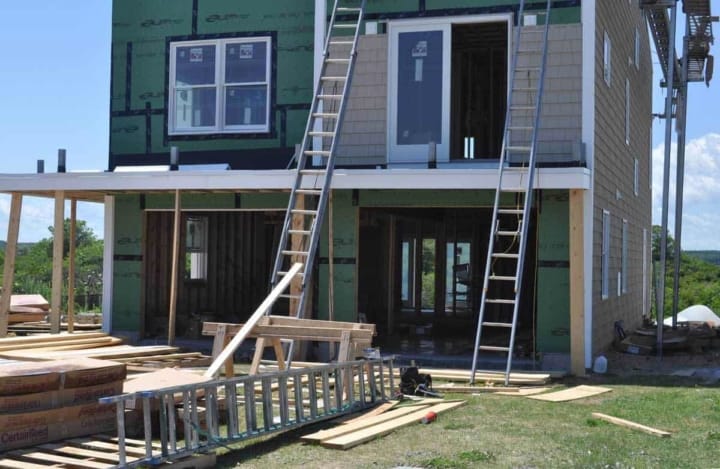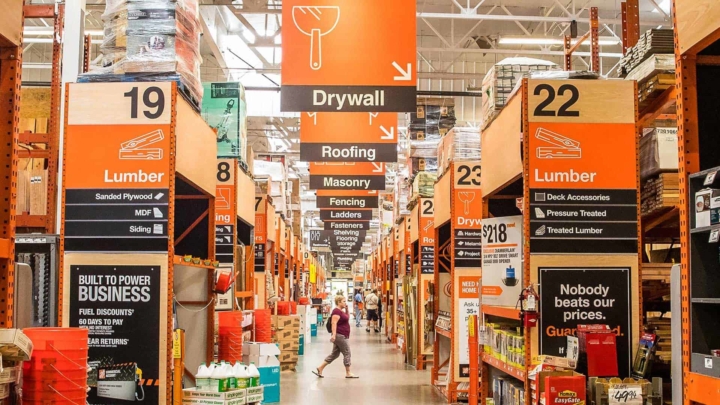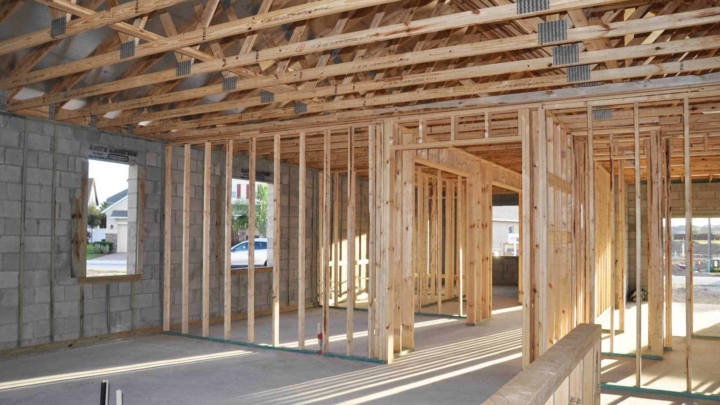Now that we've survived the first six months of the pandemic, life is resuming … in new ways. We're able to control some changes like where we buy groceries and when/where to eat out. Other things we can't control like housing prices affected by steep rises in key building materials like lumber, flooring and appliances.

Factories Shut Down Early in Pandemic
Many businesses shut down due to stay-at-home orders and/or fear that demand for their products would slow down. At first we believed changes were temporary but after a few months, many factories closed for good (read: Wall Street Journal, Factories Close for Good as Coronavirus Cuts Demand).
You've probably seen shortages resulting from these shutdowns and price increases too. Each has it's own story as toilet paper was more about different supply chains for consumer versus commercial supplies. for products we need like groceries and toilet paper.

Shortages are Impacting Housing Prices
It's taken longer to recognize how these shutdowns have affected the home construction industry. As Americans were furloughed or laid off, many predicted housing would slump or crash. Manufacturers of building products and materials slowed production to adjust for the anticipated slow down.

Here are some of the key takeaways from Remodeling.com's article, The Impact of Material Shortages and Their Rising Costs.
- Manufacturers of building products shut down/slowed for about 8 weeks, causing shortages once demand returned.
- Home sales stalled for six to eight weeks after COVID-19 hit the US before roaring back, creating more demand for building products.
- When talking to my appliance retailer, I was told there's a two month backlog to get a refrigerator.Builders impacted, placing orders without firm delivery dates and reducing the number of product choices given to buyers.
- Composite price of lumber grew by 170% over six months, increasing lumber costs by $16,000 for a new, single-family home.
- Builders adjusting schedules to respond to shortages in lumber, hardware, tile, flooring, lighting and appliances.
- Builders adding escalation clauses to contracts, asking customers to agree to pay extra costs when they exceed a certain percentage.

How Builders are Coping with Shortages
Like businesses everywhere, builders are finding solutions to lessen the impact of the shortages in building materials. The goal is to strengthen home building and minimize it's impact on housing prices. Here are some examples buyers can expect to see over the coming year(s):
- Meritage has reduced buyer dishwasher options from 56 down to six. You now get to pick from among the most popular dishwashers manufactured by Whirlpool.
- Garman Homes is responding with extended cycle times when possible, to ensure customers’ homes are complete when they go to the closing table … to avoid a punch list which buyers hate (here's my punch list which Richmond American Homes ignored).
- Suppliers like Boise Cascade (plywood, engineered wood, etc) are ramping production back up for products they reduced/stopped producing.
- The National Association of Home Builders (NAHB) is lobbying the US government to end tariffs averaging more than 20% on Canadian lumber shipments to the US.

We seldom think about where our things started. Houses start with trees in a forest, cut down and transported to manufacturer sites. Here the bark is removed, the wood is cut to building dimensions, dried and ultimately these trees turn into the bones of our houses.









Leave a Reply